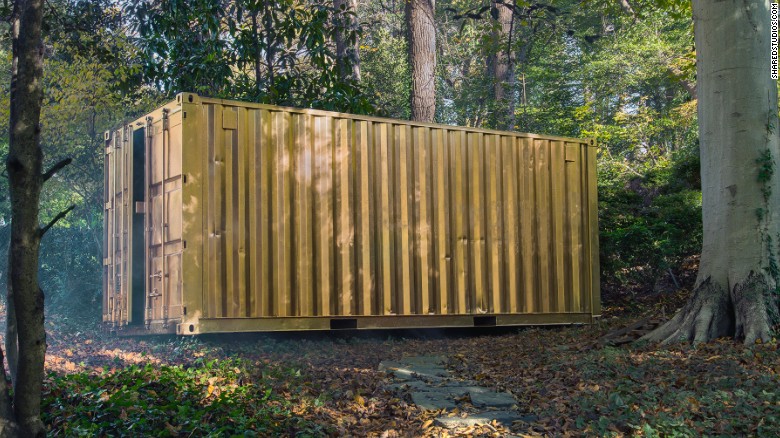Frank Rodriguez, Google’s VR Product Manager has posted The world as you see it with VR180 on both Google and Youtube.

“VR180 videos focus on what’s in front of you, are high resolution, and look great on desktop and on mobile. They transition seamlessly to a VR experience when viewed with Cardboard, Daydream, and PSVR, which allow you to view the images stereoscopically in 3-D, where near things look near, and far things appear far. VR180 also supports livestreaming videos so creators and fans can be together in real time.”
There are two main differences between 360 Video and VR180:
- VR180 lacks the ‘back 180’ (which can therefore allow for higher resolution up front)
- VR180 is stereoscopic, using two lenses to create true 3D, from the camera’s fixed point of view.
In addition, Google announced that they want to help build new VR180 cameras, initially partnering with Lenovo, LG, and YI Technology. Team Lucid tells me, “We hope to be the first certified camera for this program and will be sending updates via social on our progress.”
See the VR180 playlist on Youtube’s official Virtual Reality channel.
My take: glad to see Google/Youtube agree with me: 3D VR180 is a friendlier version of 360 Video and true Virtual Reality. My only concern is that for browsers, be they web or mobile, they’ve removed the mouse or keyboard controls; the immersive goodies are for VR headsets exclusively. However, for a filmmaker like me who likes to shoot on a tripod, this promises to be the best of both worlds.


